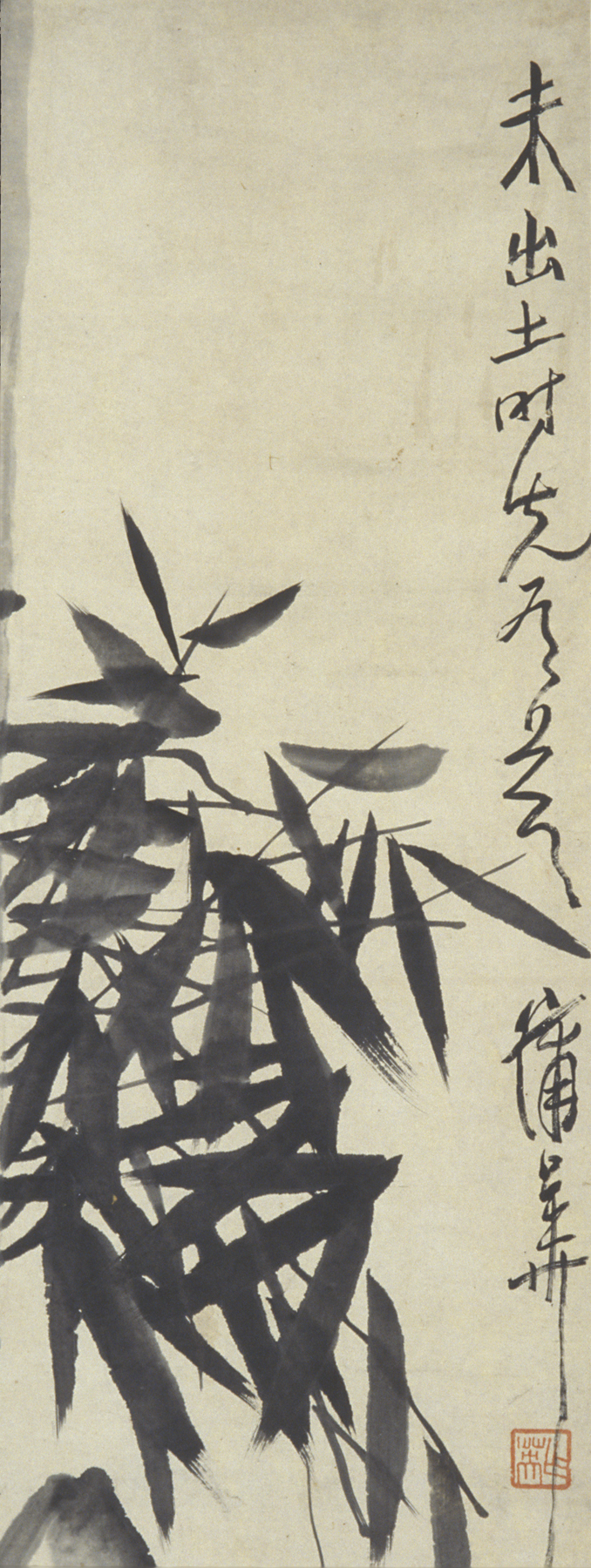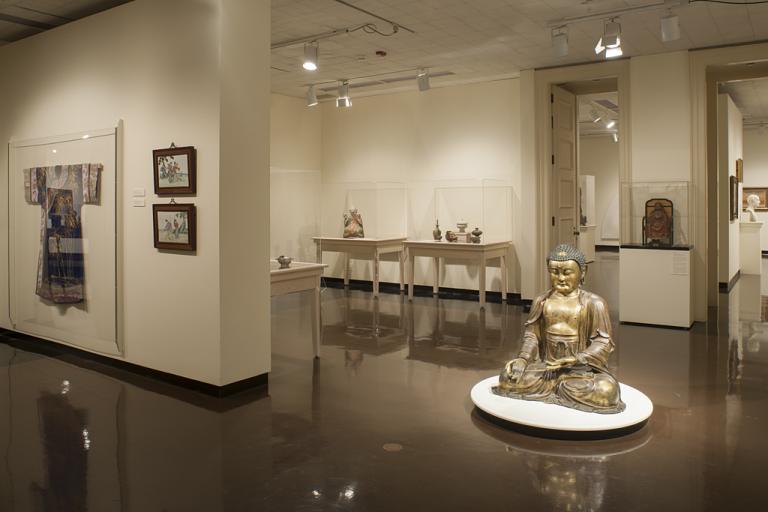Bamboo, Pu Hua
Artwork Overview
Pu Hua, artist
1834–1911
Bamboo,
circa 1890
Where object was made: China
Material/technique: paper; ink
Dimensions:
Image Dimensions Height/Width (Height x Width): 130.2 x 37.9 cm
Mount Dimensions (Height x Width x Depth): 202 x 52 cm
Mount Dimensions (Height x Width x Depth): 79 1/2 x 20 1/2 in
Image Dimensions Height/Width (Height x Width): 130.2 x 37.9 cm
Mount Dimensions (Height x Width x Depth): 202 x 52 cm
Mount Dimensions (Height x Width x Depth): 79 1/2 x 20 1/2 in
Credit line: Gift from the Ssu-ch'uan-ko Collection
Accession number: 1991.0151
Not on display
If you wish to reproduce this image, please submit an image request



